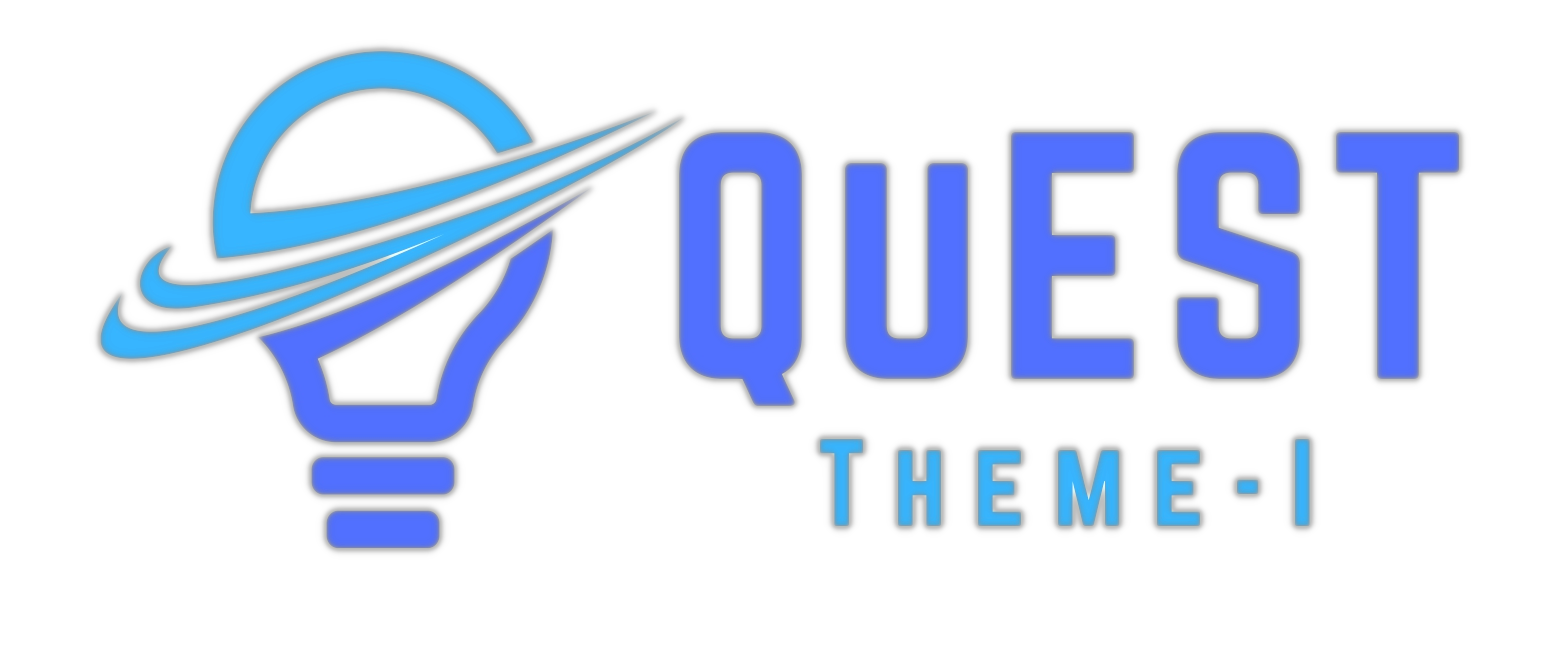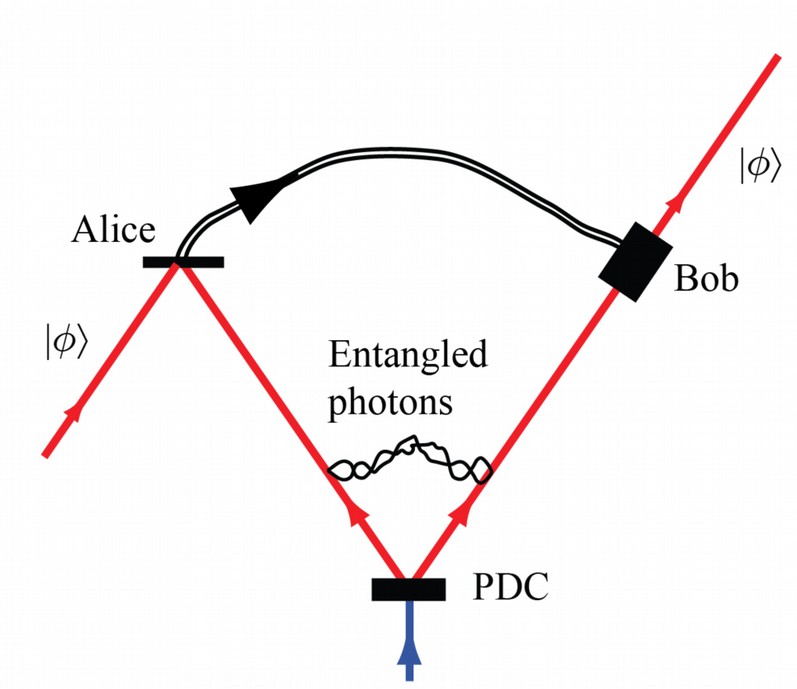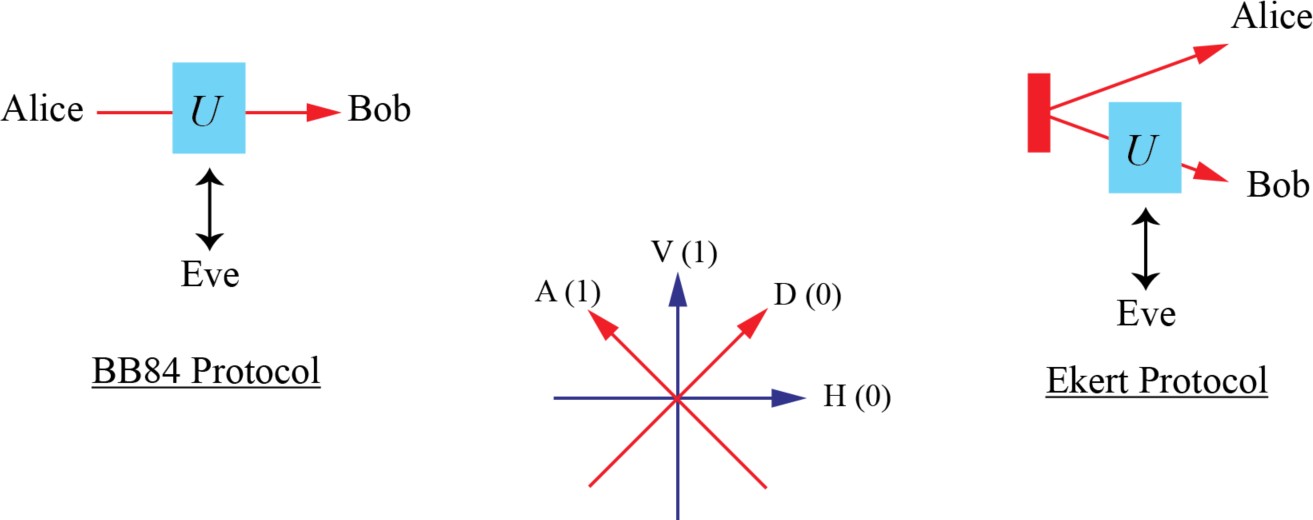
Quantum Enabled Science and Technology
QuEST (Quantum Enabled Science & Technology) is a Multi-Institutional Networked Programmme of Department of Science and Technology (DST), Government of India (GOI). It has 51 research projects grouped into four themes. QuEST Theme-I has 24 projects based on Quantum Information Technologies with Photonic Devices running at 17 top research Institutes of India.
Quantum Information Technologies with Photonic Devices is currently a very active area of research. It focuses on performing quantum information and quantum communication tasks using photons. In addition, this theme studies the foundations of quantum mechanics in general and quantum entanglement in particular in order to explore novel quantum information applications.
The photon is the first quantum entity to be proposed, as the quantum of energy. It plays an important role in the theory of blackbody radiation and Einstein’s theory of the photoelectric effect. While the photon is a key quantum mechanical concept to be applied to quantum technologies such as lasers and spectroscopy, and the emission and absorption of energy, most of the quantum technologies that emerged in the twentieth century involved semiconductors and the manipulation of electrons and atoms.The realization of the potential of a photon as a quantum particle and the consequences of the creation and manipulation of quantum light and its applications had to wait almost until the end of the twentieth century. The invention of lasers revolutionized twentieth century technology and the introduction of fiber optics brought in a very advanced technology for secure information communication at high speeds. Since 1980s, it became possible to generate and exploit quantum states of light, and photons provided the first system using which nonlocality of quantum mechanics was demonstrated.

